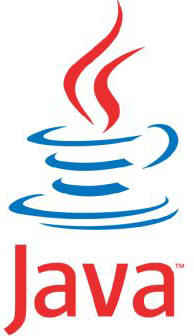Quick Overview
ReMoto is a web-based neuronal simulation system, intended for studying spinal cord neuronal networks responsible for muscle control. These networks are affected by descending drive, afferent drive, and electrical nerve stimulation. The simulator may be used to investigate phenomena at several levels of organization, e.g., at the neuronal membrane level or at the whole muscle behavior level (e.g., muscle force generation). This versatility is due to the fact that each element (neurons, synapses, muscle fibers) has its own specific mathematical model, usually involving the action of voltage- or neurotransmitter-dependent ionic channels. The simulator should be helpful in activities such as interpretation of results obtained from neurophysiological experiments in humans or mammals, proposal of hypothesis or testing models or theories on neuronal dynamics or neuronal network processing, validation of experimental protocols, and teaching neurophysiology.
The elements that take part in the system belong to the following classes: motoneurons, muscle fibers (electrical activity and force generation), Renshaw cells, Ia inhibitory interneurons, Ib inhibitory interneurons, Ia and Ib afferents. The neurons are interconnected by chemical synapses, which can be exhibit depression or facilitation.
The system simulates the following nuclei involved in flexion and extension of the human or cat ankle: Medial Gastrocnemius (MG), Lateral Gastrocnemius (LG), Soleus (SOL), and Tibialis Anterior (TA).
Please click on the News for a new standalone version which incorporates some improvements over the available web-based version.
Enter here
ReMoto web-application is hosted at the Biomedical Engineering Laboratory (University of São Paulo, Brazil). Click on the button below to enter into the simulation system.
The simulator is best viewed at 1024 x 800 or higher resolution with Mozilla Firefox 126.0 or newer.
ReMoto requires Java Runtime Environment (JRE) installed and enabled in your browser. Click here to download the latest version.
Funding
The ReMoto project has been supported by grants from the Research Foundation of the State of São Paulo (FAPESP, Brazil) and The National Council for Scientific and Technological Development (CNPq, Brazil).





